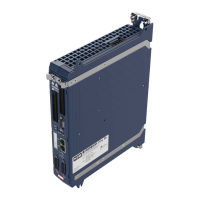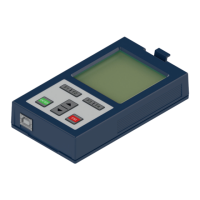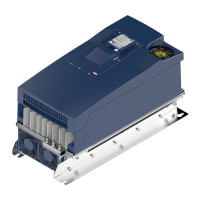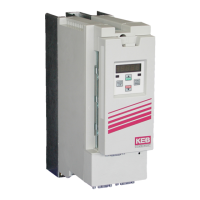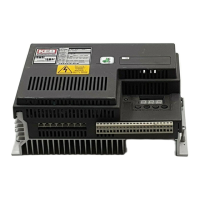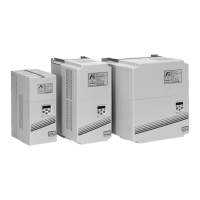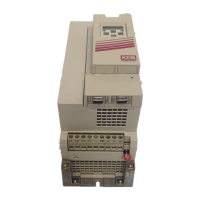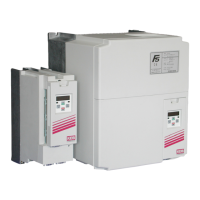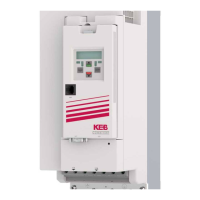Hiperface encoders must ALWAYS be supplied with 8V.
➢ BiSS
There are different variants from this (copyrighted) open interface, which are also
partly changed by the different encoder manufacturers. Although there are possibil-
ities for standardization (profiles), each encoder which is not explicitly tested and
released can not be supported once. These two BiSS variants are differentiated in
this manual:
BiSS with electronic type plate (EDS) and BiSS-C-unidirectional or without EDS
Clock frequency is 3.125 MHz
BiSS with EDS:
BiSS encoders with electronic name plate have a non-volatile memory, from which
all parameters which are required for the evaluation of the encoder can be read
out.
Additionally, motor data can be stored and read out again in the encoder. That
means, only encoder type ec16 must be set to "BiSS" to evaluate these encoders.
All BiSS Acuro encoders from the Hengstler company belong to this category and
are fully supported.
From firmware version 2.4, encoders are also supported if the stored data corre-
spond to the BiSS profiles BP1 ("Standard Rotary Encoder") or BP3 ("Standard En-
coder Profile").
BiSS-C-unidirectional:
These BiSS encoders do not allow memory access or have no memory. As a re-
sult, all required values for communication must be adjusted via parameters (pa-
rameter: 6.1.6.6, "The digital data word", Page 245)
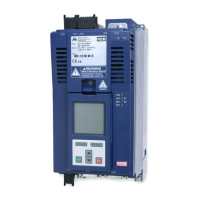
